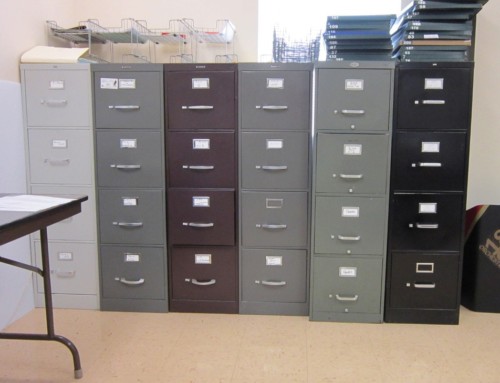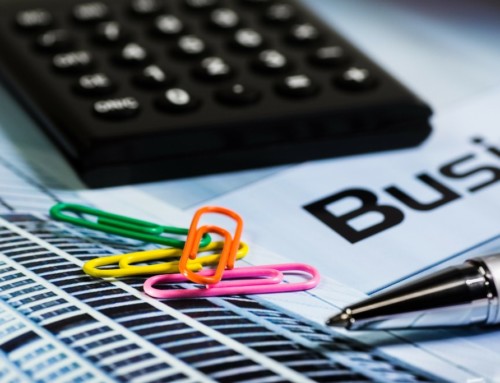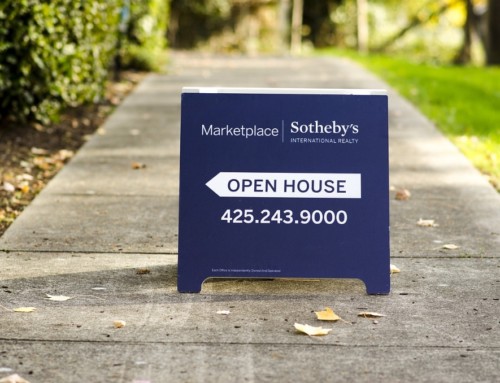Cambridge IGCSE Accounting(0452)/O Level Principles of Accounts(7110) Notes: Errors that are not revealed by a Trial Balance
- A Trial Balance can reveal a number of errors as pointed out here
- A number of errors however do not affect the balancing of a Trial Balance
- This means such errors will remain hidden
- To find out what errors are not revealed it is important to remember how a Trial Balance works
- When a transaction occurs it is entered in a source document
- From there it is posted to the books of original entry such as the Sales Day Book/Sales Journal
- Finally it is transferred into the corresponding ledger accounts
- At the end of the Trading Period the accounts are balanced off
- The remaining balances are extracted and tabulated into a debit or credit column depending on the balance remaining in the accounts at the end of the period
- The debits and credits are added and the totals compared
- If the figures match we say the Trial Balance has balanced
- This is based on the rationale that there are two sides to every transaction a debit and a credit
- Since every transaction is entered twice in the books of accounts the figures for credits and debits have to match at the end of the period
- In reality however, the trial balance can still balance even if there are errors within the books
- This because there are several types of errors however that will not be revealed by a Trial Balance due to their nature
- These are sometimes known as the six errors for obvious reasons
- These include:
- Errors of omission– these refer to a case where a transaction is completely omitted from the books. If we sold goods worth $100 to B Uta and omitted to record the transaction in the books the trial balance will still balance. This is because both the credit and debit balances are understated by $100
- Errors of commission- this is when the correct amount is entered into an account of the right class (e.g. Personal Accounts in the Credit Ledger) but in the wrong account. For example we sold goods worth $60 to R Moyo but enter the transaction as a sale of goods worth $60 to S Moyo. The trial balance will still balance in such cases
- Errors of principle- this is when the right amount of a transaction is entered into the correct side of the wrong class. For example the purchase of a motor vehicle (fixed asset) is recorded in the Motor Vehicle Expenses Account (a revenue expenditure account)
- Compensating errors- this is when two or more errors of equal amounts occur on both sides. For example the Sales figure(credit side) is understated by $700 while the Fixed Asset Account (debit balance) is understated by the same amount such errors will cancel each other
- Complete reversal of entries – where the correct accounts are used but each item is shown on
the wrong side of the account. For example a receipt of $400 cash from R Kudada a debtor is recorded by Debiting R Kudada and Crediting Cash ( the opposite of what it should be) the trial balance will still agree.
- Frank Wood mentions a seventh error:
- Transposition errors – where the wrong sequence of the individual characters within a number was entered. For example $143 is recorded as $134. This is likely to occur when the error occurs in books of original entry.
- None of these errors will be revealed by a Trial Balance as a Trial Balance will agree i.e. the Credit and Debit balance will be the same
To access more topics go to the Cambridge IGCSE Accounting(0452)/O Level Principles of Accounts(7110) Notes.








